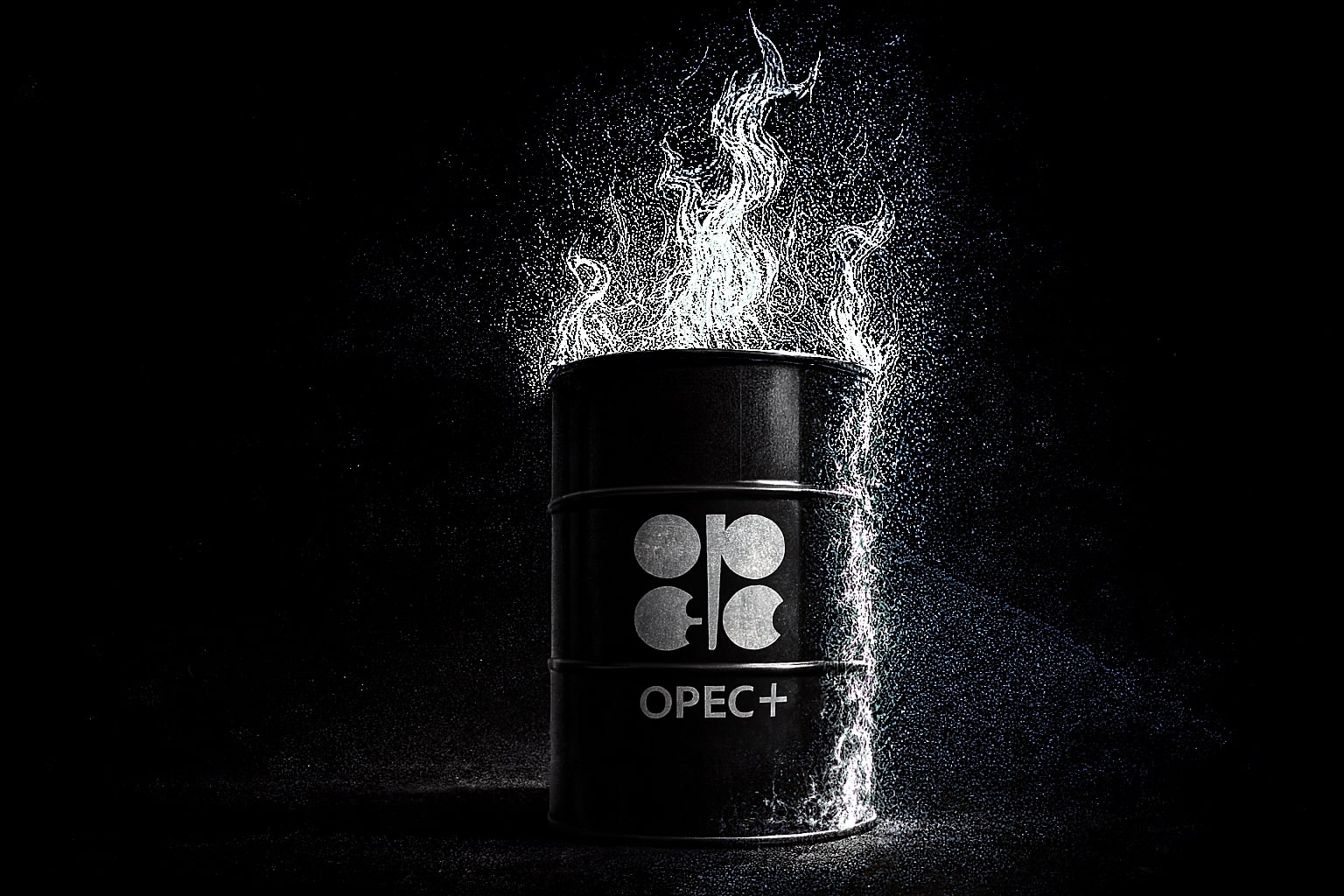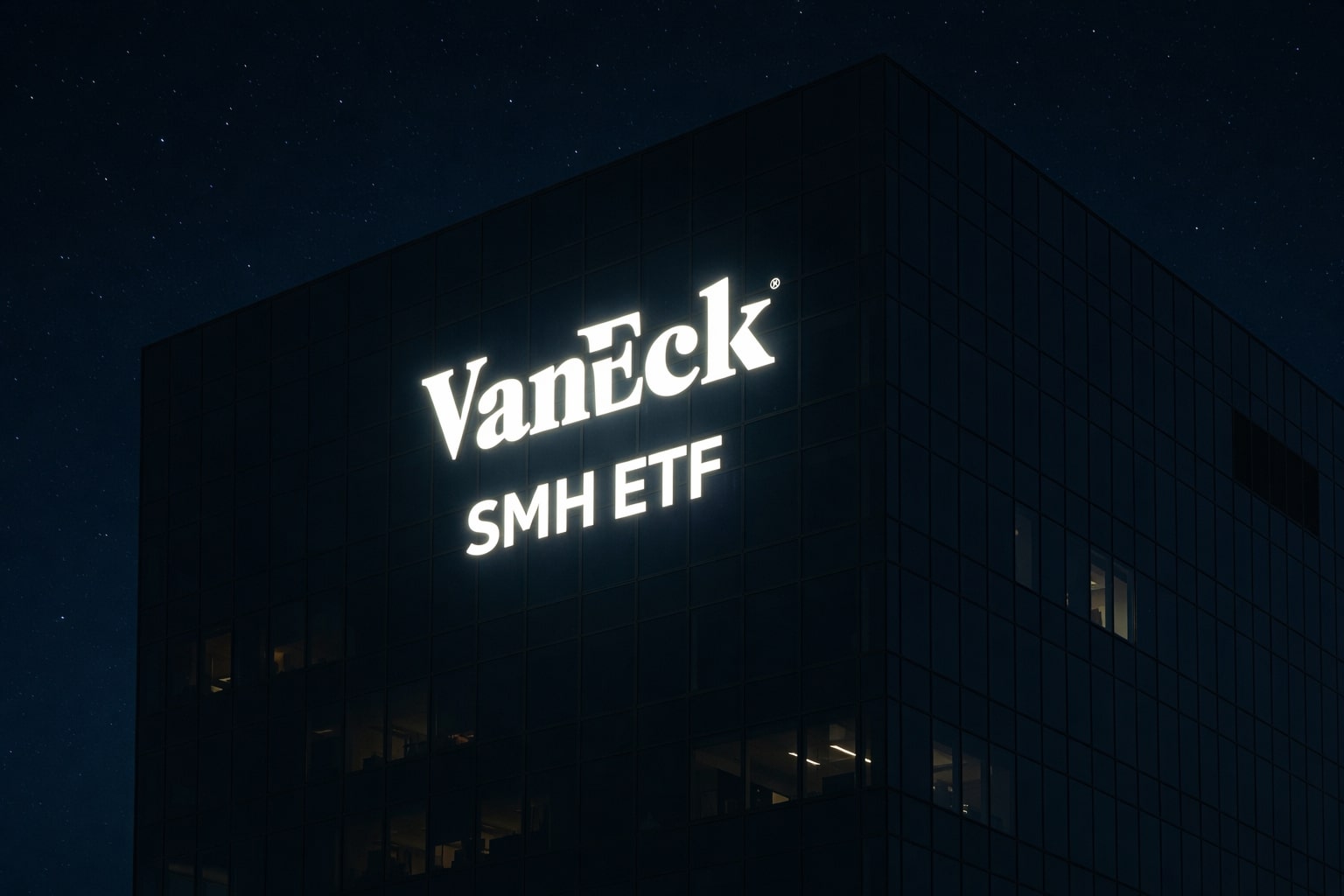Natural Gas (NG=F) Falters Below $3.40 as Record Output, Weak LNG Demand, and Oversupply Weigh Down Market
Surging U.S. Output Breaks Records and Smothers Bullish Momentum
U.S. natural gas production continues to swell, reaching unprecedented levels. As of July, average daily output in the Lower 48 states climbed to a record 107.2 Bcf/d, surpassing June’s record of 106.4 Bcf/d. On July 18, output even peaked at 108.5 Bcf/d, setting a new daily high. This unrelenting production surge has drowned any near-term bullish narrative, especially with storage injections running ahead of both seasonal norms and trader expectations.
Traders responded swiftly: front-month NG=F futures plunged 6% to $3.354 per MMBtu on Monday, their lowest since July 11. The selloff wasn’t isolated. It followed a rejection near critical resistance between $3.47 and $3.53, a confluence of the 100-day and 200-day EMAs.
Triangle Breakdown Reflects Technically Weak Setup for NG=F
After compressing within a symmetrical triangle since January, natural gas futures decisively rejected upper resistance, falling back through $3.40. This breakdown signals rising bearish pressure, especially as RSI trends downward. At 44.66, RSI now sits below neutral, suggesting weakening momentum. Unless bulls can reclaim $3.48, the setup remains fragile.
Key support lies between $3.10 and $3.00. If that floor breaks, the market risks a swift slide to the $2.70–$2.75 range, aligning with former demand zones and high-volume price clusters.
Storage Injection Beats Forecasts, Reinforcing Downside Risk
The most recent injection numbers underscore the imbalance. For the week ending July 11, 46 Bcf was added to storage, well above the five-year average of 41 Bcf and more than double last year’s 18 Bcf injection for the same period. Current inventories sit roughly 6.2% above the five-year average, a buffer that limits upside traction even amid summer heat.
Inventory trends echo broader demand softness. Global gas stocks rose 9.9 Bcm month-over-month in May, but are still down 27.6 Bcm year-over-year, mostly due to the warm winter and muted power generation demand in markets like Japan, South Korea, and the U.S.
LNG Exports Improve But Fail to Offset Domestic Oversupply
U.S. LNG exports have marginally improved, averaging 15.8 Bcf/d in July, up from 14.3 Bcf/d in June. Yet this rebound remains below the April high of 16.0 Bcf/d. Persistent maintenance at terminals like Cheniere’s Corpus Christi facility in Texas continues to cap flows. Gas supply to Corpus dipped to 1.7 Bcf/d on July 21, down from an average of 2.3 Bcf/d the prior week.
The tepid LNG appetite from Europe—currently awash in gas and facing softer summer electricity demand—further caps the upside for exports. Meanwhile, Asian demand has risen but not enough to soak up the excess U.S. production.
European and Global Fundamentals Add More Downside Weight
International production dynamics add to bearish sentiment. May’s JODI data shows global gas output dipped by 4.8 Bcm versus April, led by declines in Russia (-3.2 Bcm), U.S. (-1.6 Bcm), and Norway (-1.3 Bcm). While this suggests tightening outside the U.S., demand destruction in major consumer countries nullifies any bullish impact.
JODI-reported global demand dropped 12 Bcm month-on-month in May. Countries like the U.S., Turkey, Japan, and South Korea saw large cuts in power-generation demand due to milder temperatures.
Even with storage mandates relaxed in the EU, European gas inventories rose 7.2 Bcm month-over-month in May, signaling that supply remains sufficient heading into the next winter.
Natural Gas Cash Markets Reflect Widespread Regional Weakness
Cash prices across U.S. regional hubs are largely negative. At the Henry Hub, prices have barely moved, up just $0.005, while key hubs like El Paso Permian (-$0.365), SoCal Border (-$0.14), and Transco Zone 6 NY (-$0.37) have posted sharp declines. Nationally, the average spot price has dropped $0.125.
Even Canada’s NOVA/AECO C hub, which often finds strength during regional imbalances, has seen only a modest $0.42 gain, confirming that North American markets remain saturated.
Weather Outlook Not Enough to Save Bulls
Meteorologists expect above-normal temperatures to persist through early August, with average national highs peaking around 81°F (27.2°C) during July 24–29. That could exceed this summer’s prior high of 80°F on June 24, but still falls short of the 83°F record set in July 2022.
Crucially, LSEG revised Lower 48 gas demand forecasts down, now estimating 106.3 Bcf/d this week and 110.4 Bcf/d next week, both reductions from earlier projections. Despite the heat, consumption isn’t expanding fast enough to digest surplus supply.
Verdict: Bearish Outlook — NG=F Is a Sell Below $3.40 Unless $3.48 Reclaimed
All signals—technical, fundamental, and seasonal—tilt bearish. The failure near $3.53 marks the third rejection at the top of the triangle pattern, a clear red flag. RSI deterioration, ballooning U.S. production, lukewarm LNG demand, and massive storage injections all point to further downside.
If $3.00 breaks, downside targets extend to $2.75, with a potential retrace to $2.70 if oversupply persists into August. Only a clean break and sustained trade above $3.50–$3.53 with volume would negate this view.
NG=F is a tactical SELL unless short-term weather spikes reverse momentum. But as of now, price action, supply trends, and sentiment all support a bearish stance.




















